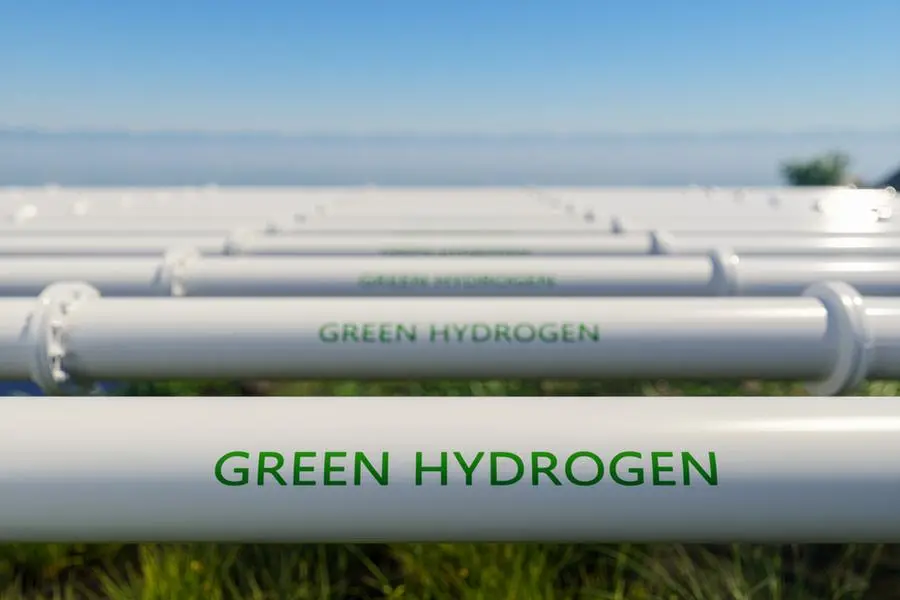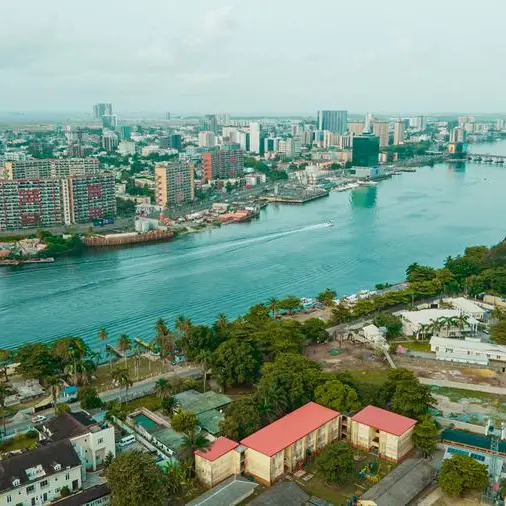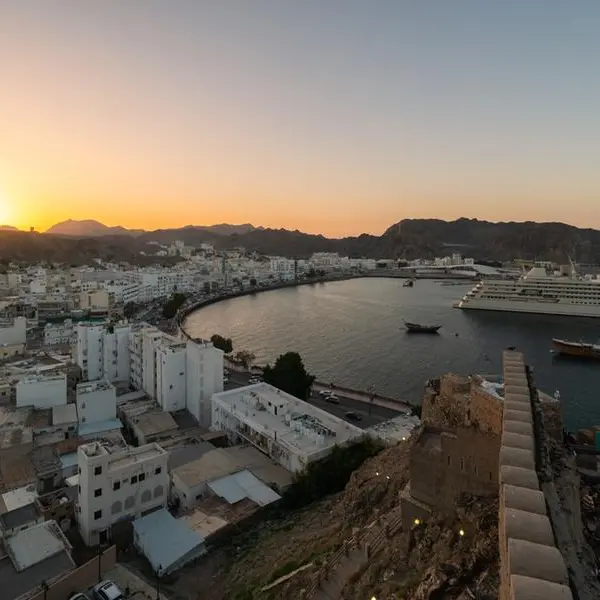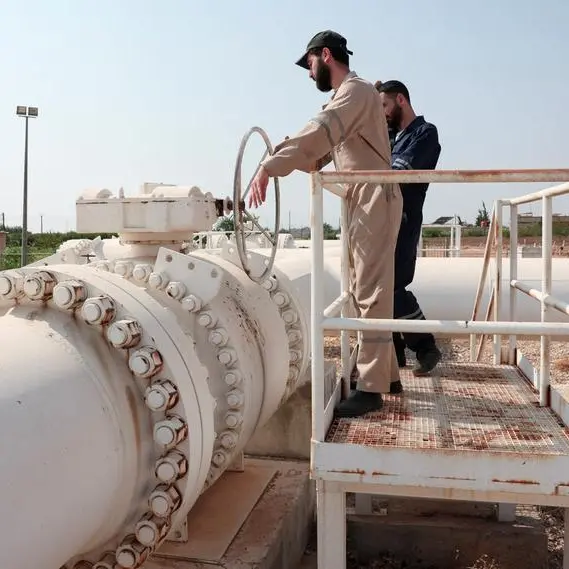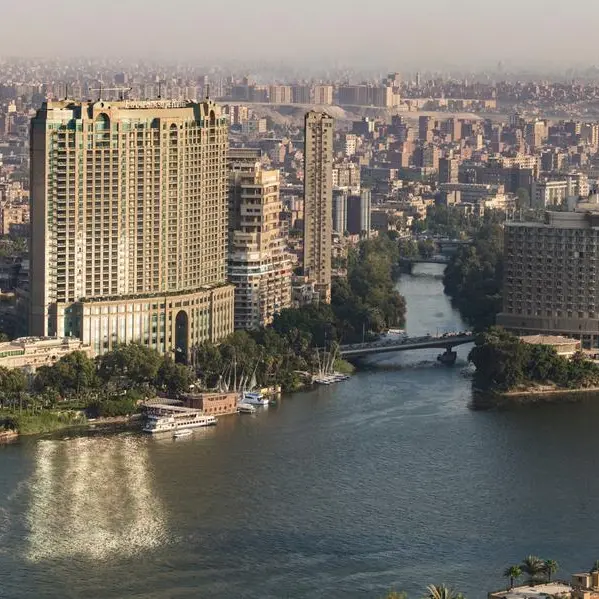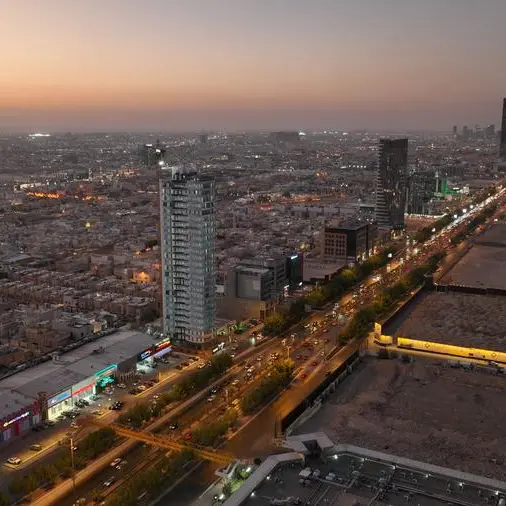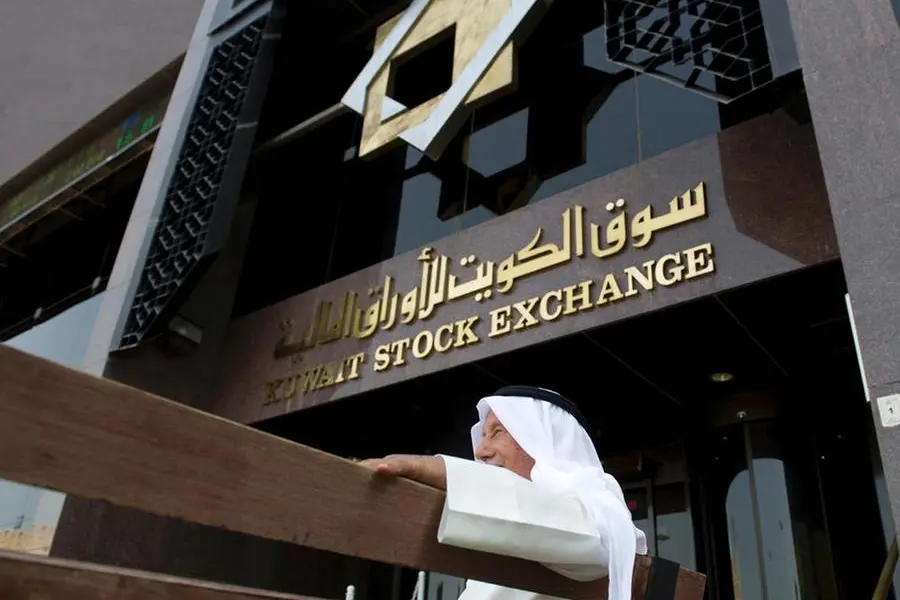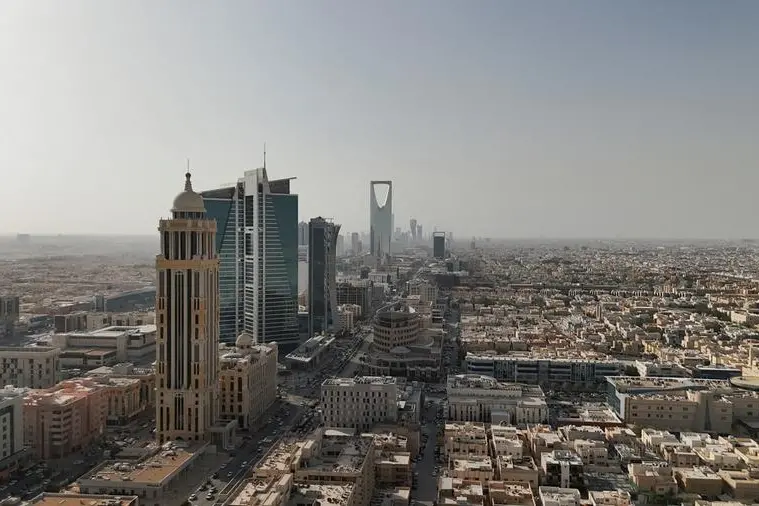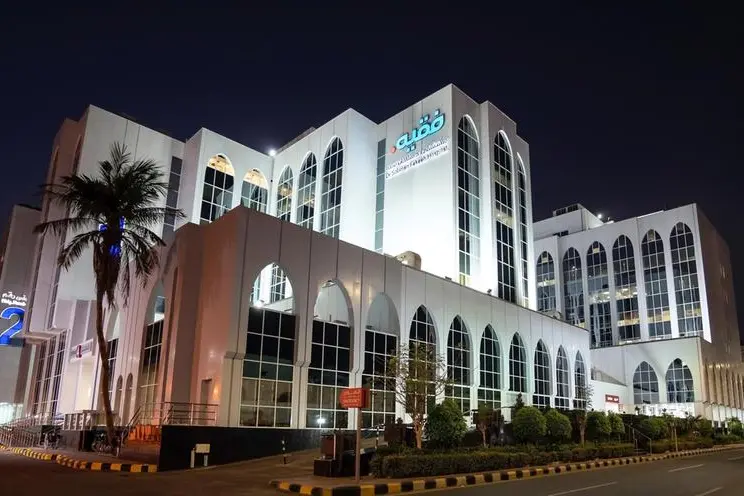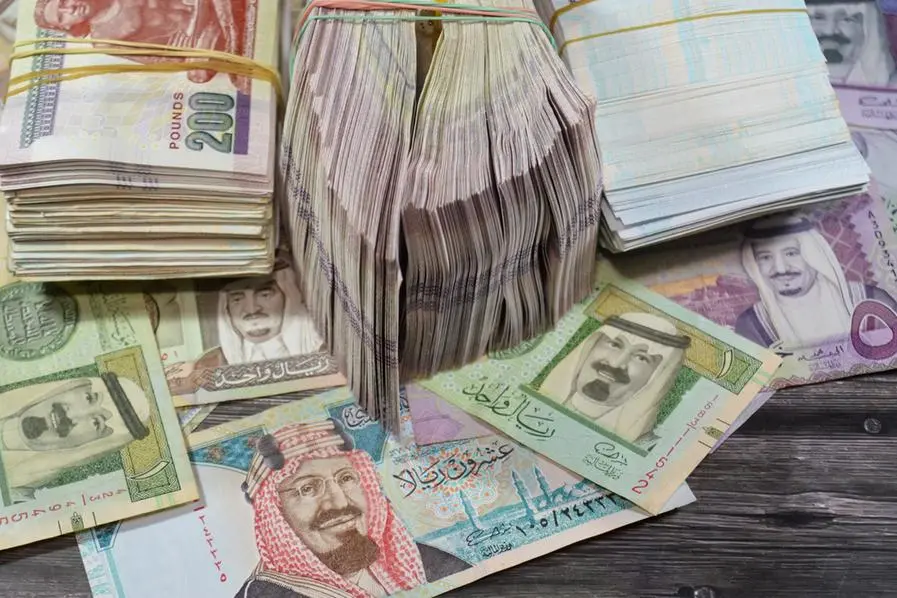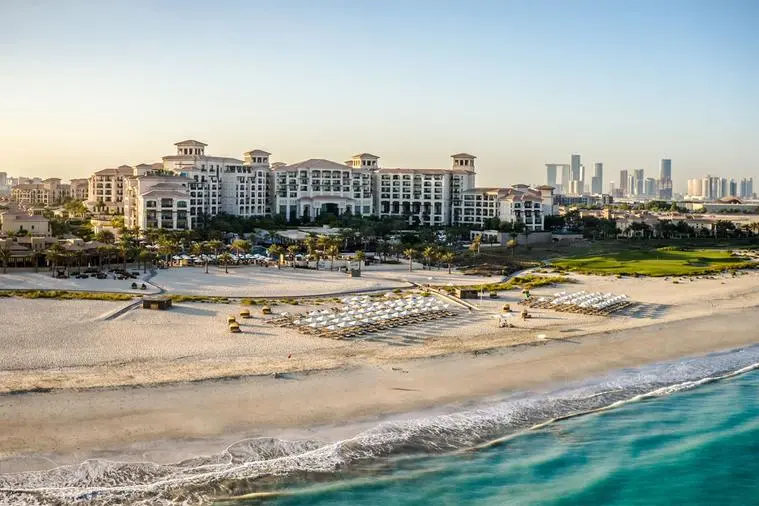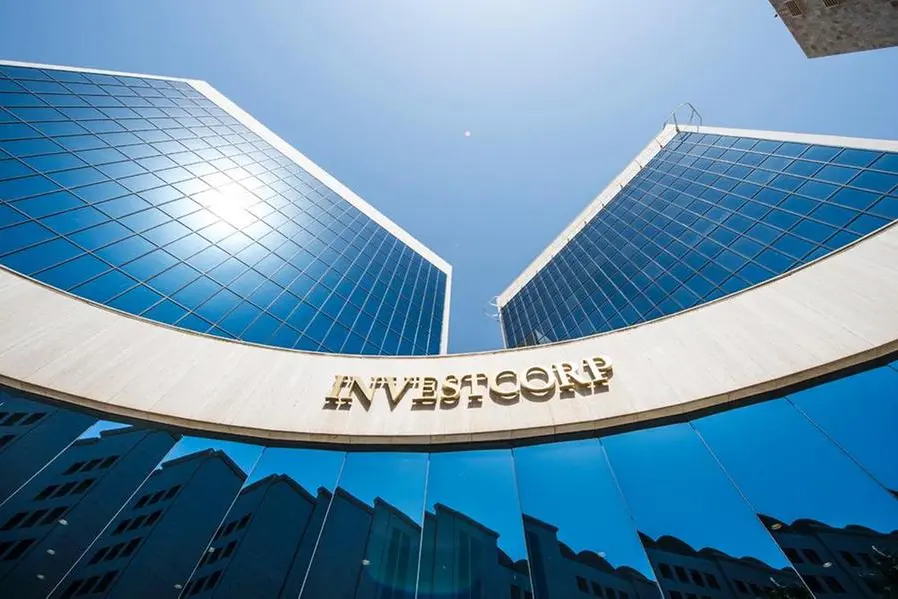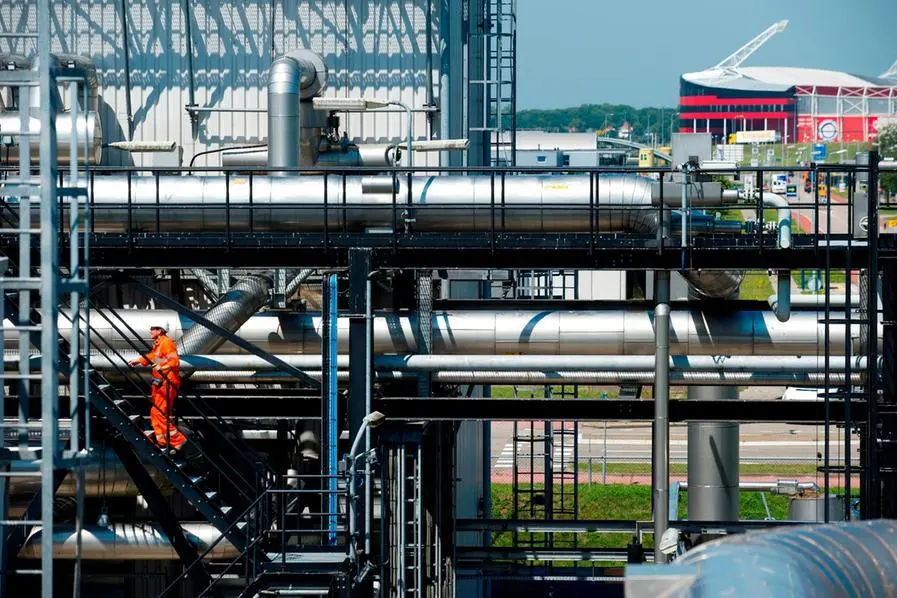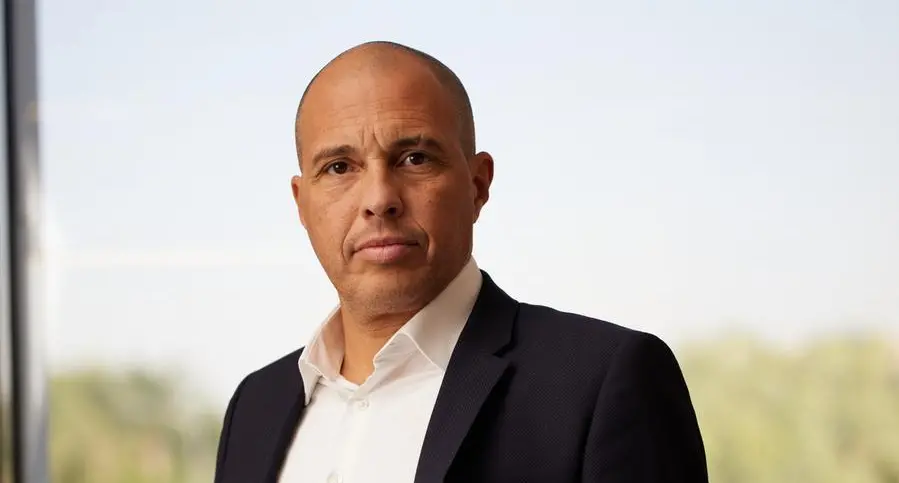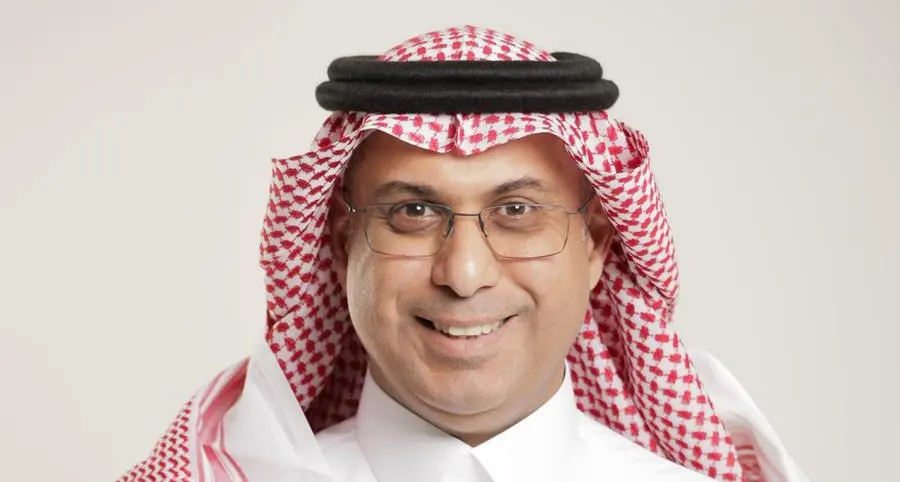PHOTO
Close-up view of hydrogen pipelines on grass. Image Courtesy: Getty Images
MUSCAT: The Sultanate of Oman is positioning itself as a global leader in the emerging green hydrogen sector, leveraging its abundant renewable energy resources to drive economic growth and energy transition.
Eng Abdulaziz al Shidhani, Managing Director of Hydrom, emphasised that Oman’s ambition is underpinned by strategic planning, regulatory frameworks, and large-scale investments in hydrogen infrastructure.
Speaking in an exclusive interview with Daleel Petroleum, Al Shidhani explained that hydrogen, though a single chemical element, is categorised based on its production method and associated carbon emissions. “Hydrogen is hydrogen—there is no specific color. The classifications arise from the emissions generated during production and the source of energy used,” he clarified.
Currently, Oman primarily produces hydrogen from natural gas, a method that results in carbon emissions. However, the country is actively exploring blue and green hydrogen production to align with its decarbonisation goals. “In Oman, we still do not have a blue hydrogen project, but we are working towards that transition,” he said.
Green hydrogen, which is produced via electrolysis using renewable energy, is the ultimate objective for Oman. Al Shidhani highlighted that the nation’s natural advantages, including vast solar and wind resources, provide a competitive edge. “Many countries have wind, but not all have abundant solar energy. This combination allows us to minimize energy storage costs and ensure consistent production,” he noted.
Oman has allocated 50,000 square kilometres of land for hydrogen projects, ensuring both domestic supply and export opportunities. With eight projects already signed, the country is targeting a total capacity of 35 gigawatts, equivalent to 40 million solar panels.
“This scale of development creates an opportunity for Oman to localise manufacturing for solar panels and wind turbines, fostering new industries and supply chains,” Al Shidhani stated.
The government’s approach has been to create a favorable regulatory environment while allowing the private sector—both local and international—to drive investment. “The government does not intend to invest directly in this sector at this stage due to its innovative nature and inherent risks. Instead, we focus on policy-making, legislation, and facilitation to attract investors,” he explained.
Despite the ambitious vision, Al Shidhani acknowledged that challenges remain, particularly in technological development and cost reduction. “Two-thirds of the cost of green hydrogen production comes from renewable energy infrastructure. While technology is improving, it will take time for production costs to decline significantly,” he said.
Oman’s commitment to hydrogen is driven by both necessity and opportunity. With the nation targeting a 5% annual GDP growth under Oman Vision 2040, energy security and sustainability are crucial considerations. “We need energy to sustain economic growth. While gas reserves support current needs, we must plan for the future by integrating renewable energy and hydrogen solutions,” he remarked.
As global demand for clean hydrogen rises, Oman’s early investments in infrastructure and regulatory frameworks position it as a key supplier in the international market. “We have a great opportunity to become a hydrogen-exporting hub, capitalising on our strategic location and resources,” Al Shidhani concluded.
With strong policies, investment incentives, and renewable energy potential, Oman is well on its way to becoming a significant player in the global hydrogen economy, setting the stage for a sustainable and diversified energy future.
2022 © All right reserved for Oman Establishment for Press, Publication and Advertising (OEPPA) Provided by SyndiGate Media Inc. (Syndigate.info).
